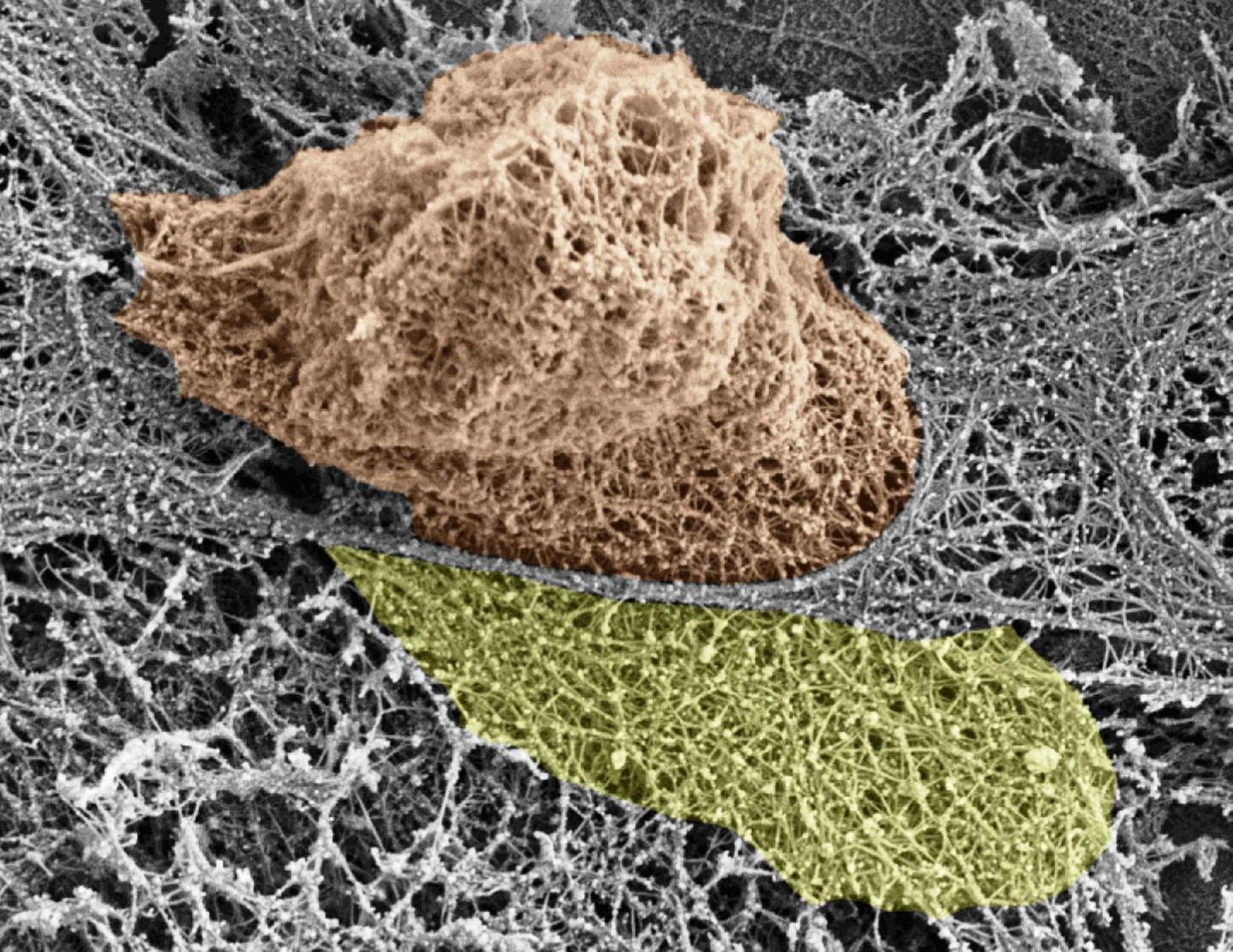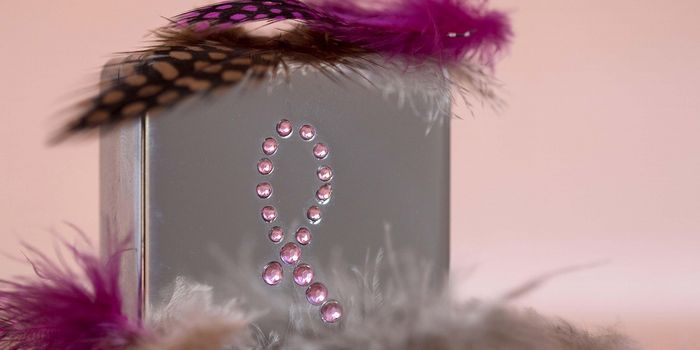Immune Cells Poke Holes in Blood Vessels, No Harm Done
Immune cells poke holes in blood vessels to reach the surrounding tissues, to fight infection or for other immunological reasons. However, the damage done to the blood vessels is relatively insignificant, and scientists are just now realizing how immune cells can break free without permanently damaging the vasculature.
A new study published in Cell Reports showed that immune cells “squeeze” their nuclei through blood vessels walls by breaking thin filaments, the structural components of the cytoskeleton of individual endothelial cells that provide support to the blood vessel wall. These filaments are quickly replaced.
"Initially we thought that immune cells just dissolve the entire cytoskeleton of these endothelial cells and then reseal everything, but we didn't find any sign of massive destruction," said senior author and Weizmann Institute of Science immunologist Ronen Alon. "Following fluorescence imaging, electron microscopy, and ultrastructural analysis, we found a subset of very tiny, interlacing filaments that crisscross throughout thicker elastic fibers that comprise the individual blood vessel wall cells, and we think that these tiny filaments are the ones that break during leukocyte squeezing and then rapidly reassemble."
However thin, blood vessel walls are ultimately effective at keeping both red and white blood cells inside despite continuous breaches in vessel integrity by immune cells leaving the vasculature for the tissues. As a protective measure, blood vessels also successfully keep unwanted particles out of the blood stream.
Immune cells know when their “exit” is coming up thanks to specific chemical signals on the blood vessel highway at sites of infection or inflammation. Then immune cells use chemoattractive signals to make it out of the bloodstream, through a hole in the vessel wall “about the diameter of a bulky nuclei,” or four to five microns.
Do these holes form because the blood vessel cells are contracting (like a small muscle) in response to interactions with immune cells responding to the call of chemical signals “telling” them to exit the bloodstream? This is what Alon and his team were interested in finding out. They studied this phenomenon in both in vitro and in animal models
"We poisoned the contractile machinery of the blood vessel cells and immune cells could still normally squeeze through, generating large gaps and pores," Alon said. "We then used other biochemical manipulations, which led to the conclusion that it is the breakage of the thin filaments of endothelial cells that open gaps in response to the squeezed nucleus of each immune cell acting like a drill."
Hole formation apparently involves an active process imposed by the nuclei of the exiting immune cells. The nuclei are “pushed forward” by immune cell process that breaks cytoskeleton filaments of the endothelial cells in the vessel wall. Scientists are still researchers the specific physics of this process.
The results from this study also apply to cancer physiology. Tumor cells, like immune cells, move their nucleus forward to break through blood vessels during metastasis. However, tumor cells complete the same process much less efficiently than immune cells.
Source: Cell Press










